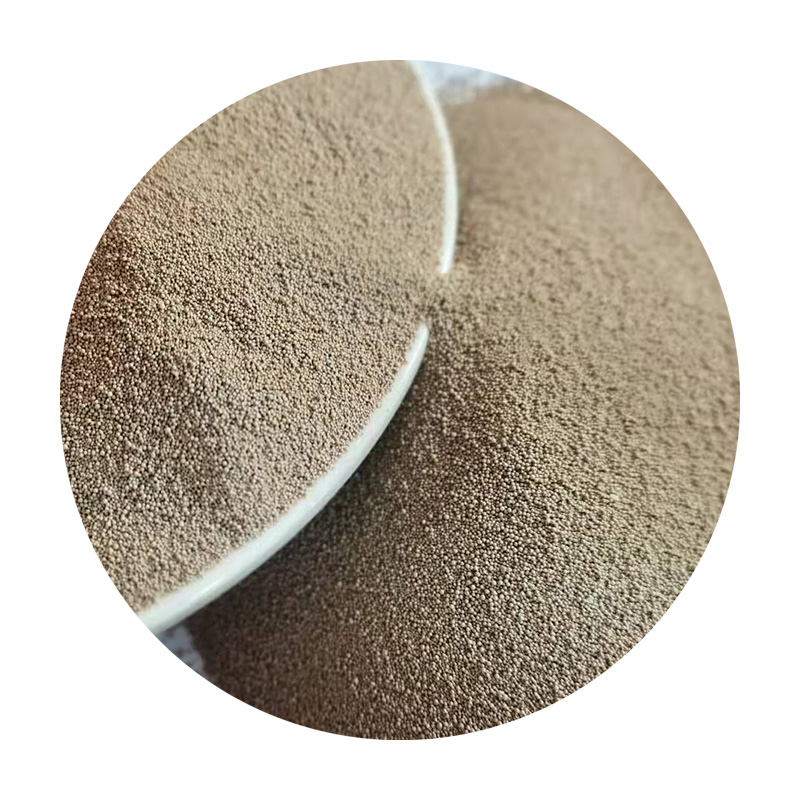Making Foundry Sand An Essential Component in Metal Casting
Foundry sand is a crucial ingredient in the metal casting process, playing a vital role in creating high-quality metal components. This specialized sand, typically made from silica, is utilized for its ability to withstand high temperatures and retain its shape during the casting process. Understanding how foundry sand is produced and its various applications can provide valuable insights into its significance in the manufacturing industry.
Making Foundry Sand An Essential Component in Metal Casting
Once the silica sand is sourced, it undergoes a thorough cleaning process to remove impurities. This step is crucial because contaminants can negatively affect the quality of the casting. After cleaning, the sand may be dried to eliminate moisture, ensuring that it behaves predictably during the molding process. Some foundries also add bonding agents like clay or synthetic resins to enhance the sand’s cohesiveness, which helps the mold retain its shape while the molten metal is poured.
making foundry sand

The molding process itself typically involves compacting the foundry sand into a mold pattern. Patterns are made based on the specifications of the desired product, and the sand is molded around these patterns to create a hollow space for the molten metal. There are various molding techniques, including green sand molding, which uses a mixture of sand, clay, and water, and chemically bonded sand molding, which involves specialized resins that harden to create a rigid mold.
After the mold is formed, it is heated to improve its strength and integrity. The casting process begins with the melting of the metal, usually in a furnace, where various alloys can be used depending on the application. The molten metal is then poured into the prepared molds. Once the metal has cooled and solidified, the mold is removed to reveal the finished product.
The quality of the foundry sand directly impacts the quality of the cast metal. High-quality sand results in smooth surfaces and minimizes defects such as blowholes and dimples. Therefore, foundries must continuously monitor sand quality and properties throughout the production process. Reclamation systems are often implemented to recycle used sand, reducing waste and optimizing costs. This sustainable approach not only helps in conserving resources but also enhances the foundry's operational efficiency.
In conclusion, foundry sand is an integral part of the metal casting process, essential for producing high-quality components. From its production to its application in molding, every step in the making of foundry sand plays a crucial role in ensuring the success of metal casting operations. As industries continue to evolve, the demand for advanced foundry sand technologies and sustainable practices will likely increase, shaping the future of metal casting and manufacturing as a whole.
Post time:ಸೆಪ್ಟೆಂ . 12, 2024 14:14
Next:Nhà Cung Cấp Đúc Cát Chất Lượng Cao
